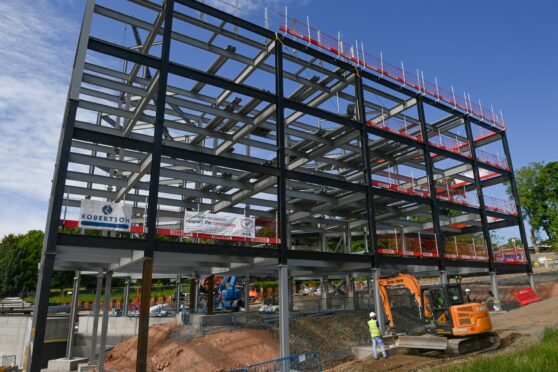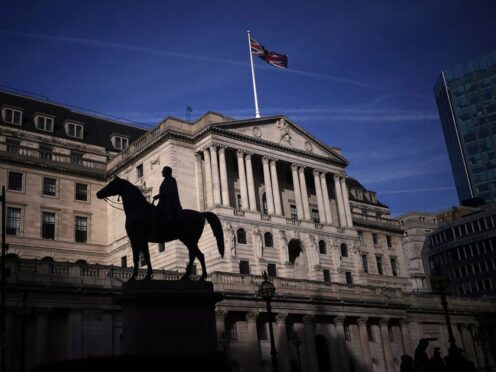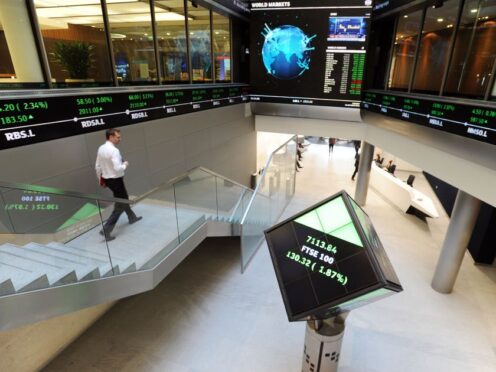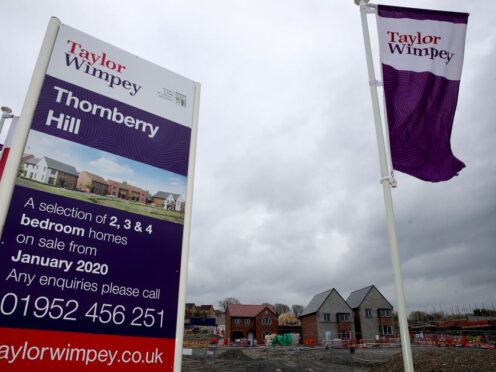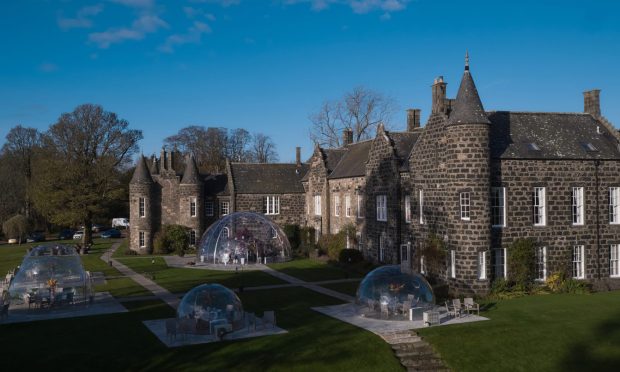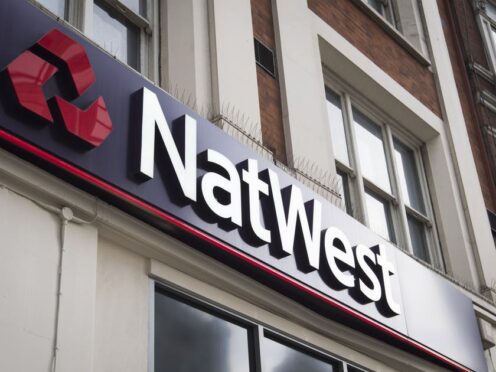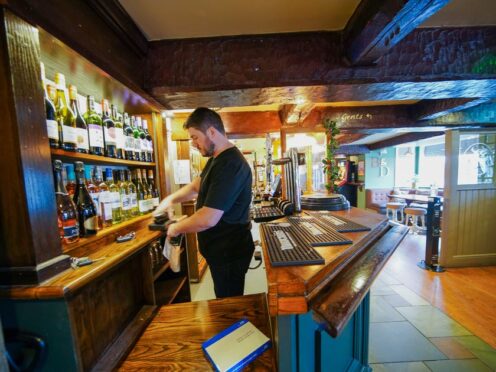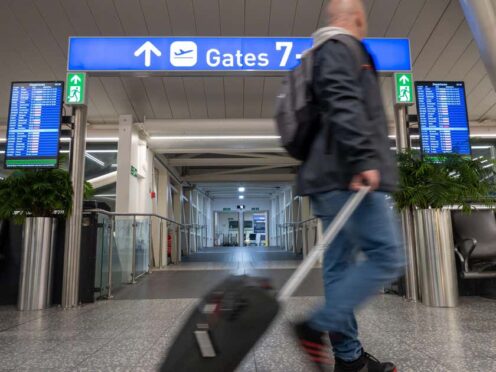“Build Back Better” is the slogan the UK government has adopted to describe its plans to support growth through significant investment in infrastructure, skills and innovation, while aiming to level up the regions of the UK, enable the transition to net-zero and pursue its vision of “global Britain”.
The aim is to kick-start economic recovery post-Covid.
If there is one sector to which building back better is of key relevance, it’s the construction industry.
Before the pandemic, UK-wide, the construction industry’s output exceeded £110 billion a year and contributed 7% of GDP (gross domestic product).
In Scotland, the industry supplied £21.5bn to GDP and contributed 10% of GVA (gross value added).
But in the first half of 2020, under lockdown, Scottish construction output slumped disastrously, only entering recovery in May of this year.
Positive signs for the industry
The recovery has been patchy, with output falling by 0.4% in July, 2021 – in line with the UK experience – and problems caused by shortages of materials and pressure from rising costs, but nevertheless this year has seen a significant improvement in the prospects for Scottish construction.
A study by the Construction Industry Training Board (CITB) has forecast the Scottish sector will have an annual average growth rate of 4.1%, recovering to pre-pandemic growth levels by 2023.
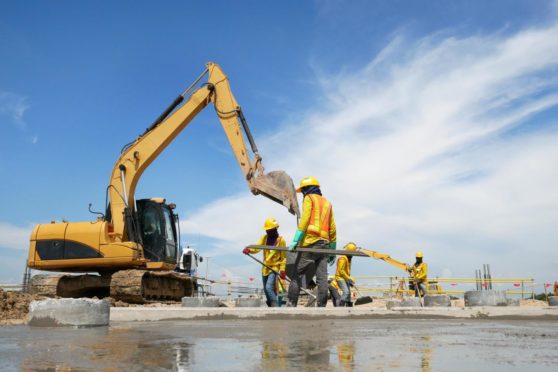
CITB expects this growth to be led by infrastructure projects, at an annual output increase of 4.7% between the end of 2020 and 2025, and private housing, forecast to grow by 6.3%.
This could partly be offset by near-term risks in the commercial sector – due to reduced demand for office space, in the WFH (working from home) and Zoom era – and retail space, as more shopping goes online.
What the study clearly shows is that Scottish construction is likely to generate thousands of new jobs, with the workforce predicted to rise from 226,100 at the end of 2020 to 241,800 by the end of 2025.
That good news, of course, will in turn create issues around skills and training, since the estimated need for 26,250 extra workers will coincide with the retirement of 20% of the workforce over the next decade.
Apprenticeships on the rise
In that context, it’s encouraging that the latest figures from Skills Development Scotland show the proportion of Modern Apprenticeships starts in construction rose from 23% of Scottish apprenticeships in 2019-20, to 27%, or 5,033 apprentices, in 2020-21.
The north-east has been a hive of construction activity in recent years as the region set about diversifying its economy beyond oil and gas.
Major infrastructure projects have included the Aberdeen Western Peripheral Route (AWPR) and the £333 million P&J Live/Teca events venue.
Exciting development plans
Completion of the £350m expansion of Aberdeen harbour, including a a purpose-built, deep water harbour to service the offshore floating wind industry, has been delayed by the pandemic and other problems, but is now scheduled for October next year.
Construction is also under way on the £40m new-build BioHub for Aberdeen, due to open in October 2022, with capacity to house up to 400 scientific entrepreneurs, with the goal of doubling the number of life sciences companies in the north-east.
There are exciting plans too for a major £150m redevelopment of Aberdeen city centre.
A planning application has been lodged to construct a new Aberdeen Market, incorporating the site of the former BHS store and designed to be a “destination venue featuring international-style food and drink outlets”.
And Aberdeen FC, always close to my heart, will be building a new £50m stadium, seating nearly 20,000, either at Kingsford, near Westhill, or at the beachfront, near Pittodrie. Either way, this will be an important construction project.
Housebuilders play a big part in recovery
Housebuilding is a major element in the recovery of the construction industry.
The first tenants have now moved into the new-build development at Countesswells, where 3,000 homes are to be constructed over 15 years.
The housebuilding sector is, of course, vulnerable to any rise in mortgage rates and another concern is the need for small and medium-sized enterprises, representing 99% of construction businesses, to embrace digitalisation.
Overall, the prospects for the construction industry are encouraging and it is well-placed to make a significant contribution to building Scotland back better.
Martin Gilbert is a co-founder and former chief executive of Aberdeen Asset Management.

